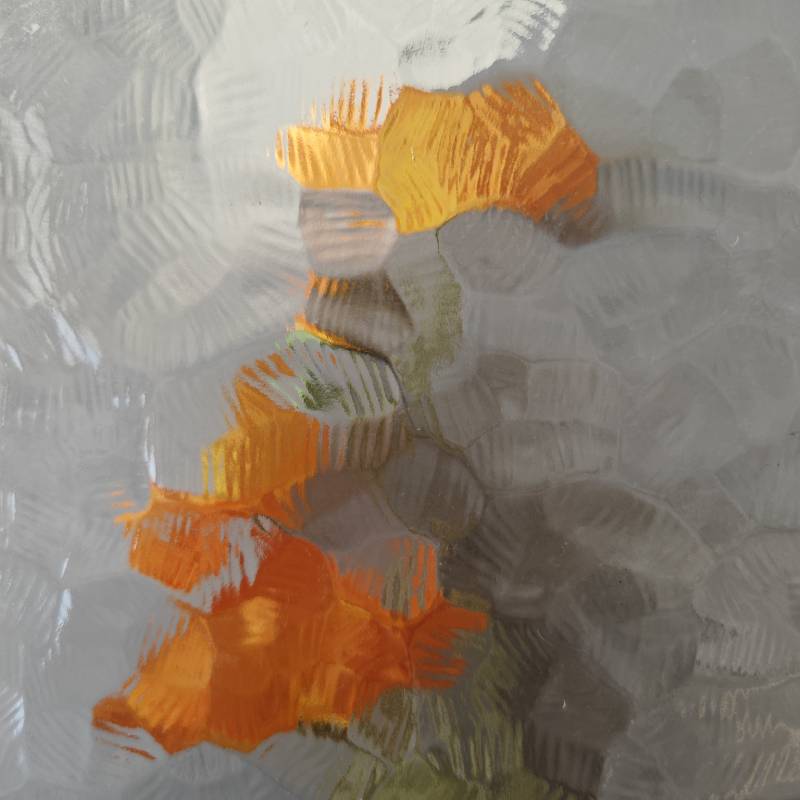

The Allure of Glass with a Green Tint
In the diverse world of glass artistry, the subtle charm of glass with a green tint stands out intriguingly. This unique aesthetic not only evokes a sense of nature-inspired elegance but also intertwines functionality with artistic expression. From decorative objects to architectural elements, green-tinted glass has a story to tell, captivating both creators and admirers alike.
The origins of tinted glass date back to ancient civilizations. Archaeological evidence suggests that the ancient Egyptians and Romans experimented with color in their glasswork, using metal oxides to produce vibrant hues. Green, in particular, often derived from iron oxide, has been cherished for its calming, organic vibe. In medieval times, green glass was incorporated into stained glass windows that adorned cathedrals, where sunlight refracted through the tinted panes created a mesmerizing play of colors within sacred spaces.
The Allure of Glass with a Green Tint
Moreover, green-tinted glass possesses practical benefits that go beyond aesthetics. For instance, in architecture, such glass can help regulate temperature and reduce glare while allowing ample natural light to filter through. This balances the need for illumination and privacy while promoting energy efficiency. Buildings that incorporate green-tinted glass elements often emanate a sense of modern sophistication and sustainability, reflecting the values of contemporary design.

The versatility of green-tinted glass also finds its way into the world of consumer products. Kitchenware, such as bottles and jars, often utilize this glass not only for its aesthetic appeal but also for its capacity to keep contents fresh. The green tint can help block out harmful UV rays, protecting beverages from sunlight-induced degradation. Thus, items crafted from this glass serve a functional purpose while exuding a distinct visual appeal that elevates everyday objects into something special.
In the realm of art, glass artisans continue to push the boundaries of creativity with green-tinted glass. Sculptures, installations, and art pieces made from this glass capture the light in unique ways, casting a glow that enhances their form and intricacy. Artists experiment with various techniques, such as blowing, fusing, and casting, to create striking works that resonate with viewers on an emotional level. The natural hues of green can evoke feelings of nostalgia, evoke memories of lush forests, or inspire serene moments of reflection.
Collecting and appreciating glass with a green tint has become a favorite pastime among enthusiasts and collectors. Vintage pieces, often characterized by their unique imperfections and historical significance, can be found at flea markets, estate sales, and antique shops. These collectibles not only serve as decorative accents but also tell the stories of their makers and the eras they represent, further enriching the allure of green-tinted glass.
In conclusion, glass with a green tint embodies a perfect blend of beauty, functionality, and historical significance. Whether enhancing a living space, serving practical purposes in everyday life, or captivating art lovers, its multifaceted presence resonates across various domains. As we continue to embrace sustainability and nature-inspired design, the timeless elegance of green-tinted glass is likely to remain a cherished element for generations to come. Its ability to mimic the calming essence of nature while providing a canvas for creativity ensures that this enchanting hue will never fade from our appreciation.